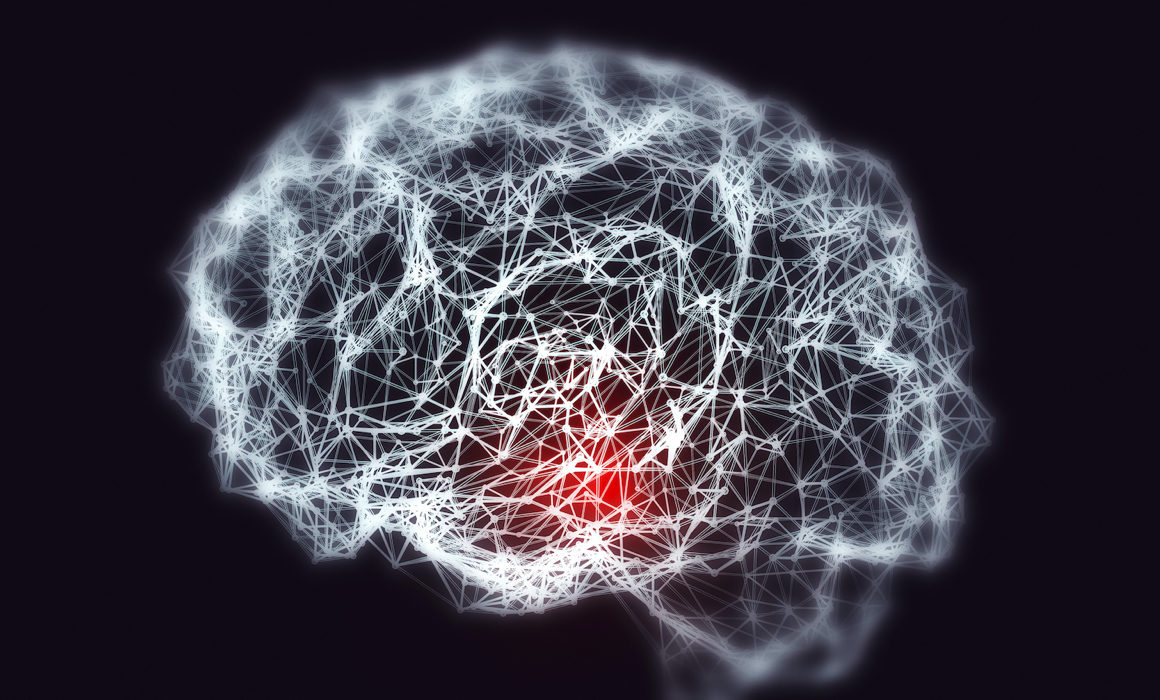In her lab in the Allen and Jewel Prince Center for Neurodegenerative Disorders of the Brain, Technion Associate Professor Simone Engelender is focusing on the molecular mechanisms driving neurodegeneration, particularly in Parkinson’s disease. Although palliative treatments do exist, there is currently no cure for this disease, whose symptoms can range from rigidity to tremors to dementia. Parkinson’s disease triggers the degeneration of a specific brain region called the substantia nigra, where an abnormal protein known as alpha-synuclein accumulates. Prof. Engelender and her team are studying how this accumulation occurs on the molecular level and the problems to which it can lead. If the mechanisms of alpha-synuclein accumulation can be successfully charted, this could provide a promising clue for interfering with protein accumulation, and consequently the prevention of brain cell damage. More significantly, understanding alpha-synuclein aggregation could help in the treatment or prevention of Parkinson’s and perhaps Alzheimer’s disease as well.
Based on her analysis of Parkinson’s patient data, Prof. Engelender proposed a novel idea – called the “threshold” theory – that was published in the journal Trends in Neuroscience along with her colleague Professor Ole Isacson of Harvard Medical School. This theory suggests that Parkinson’s disease is caused by the simultaneous widespread death of nerve cells, both in the brain as well as in the peripheral nervous system. This theory challenges the prevalent hypothesis claiming that Parkinson’s disease develops in the periphery and then migrates to the brain. Separately, in collaboration with Professor Herman Wolosker, she has developed a strain of mouse that has been genetically modified to enhance the study of the role of a specific gene in Parkinson’s disease. Assoc. Prof. Engelender and Prof. Wolosker have also made plans to generate structures called “mini-brains” from the stem cells of Parkinson’s patients – a potentially groundbreaking model for studying the effect of the disease on neuron development.


